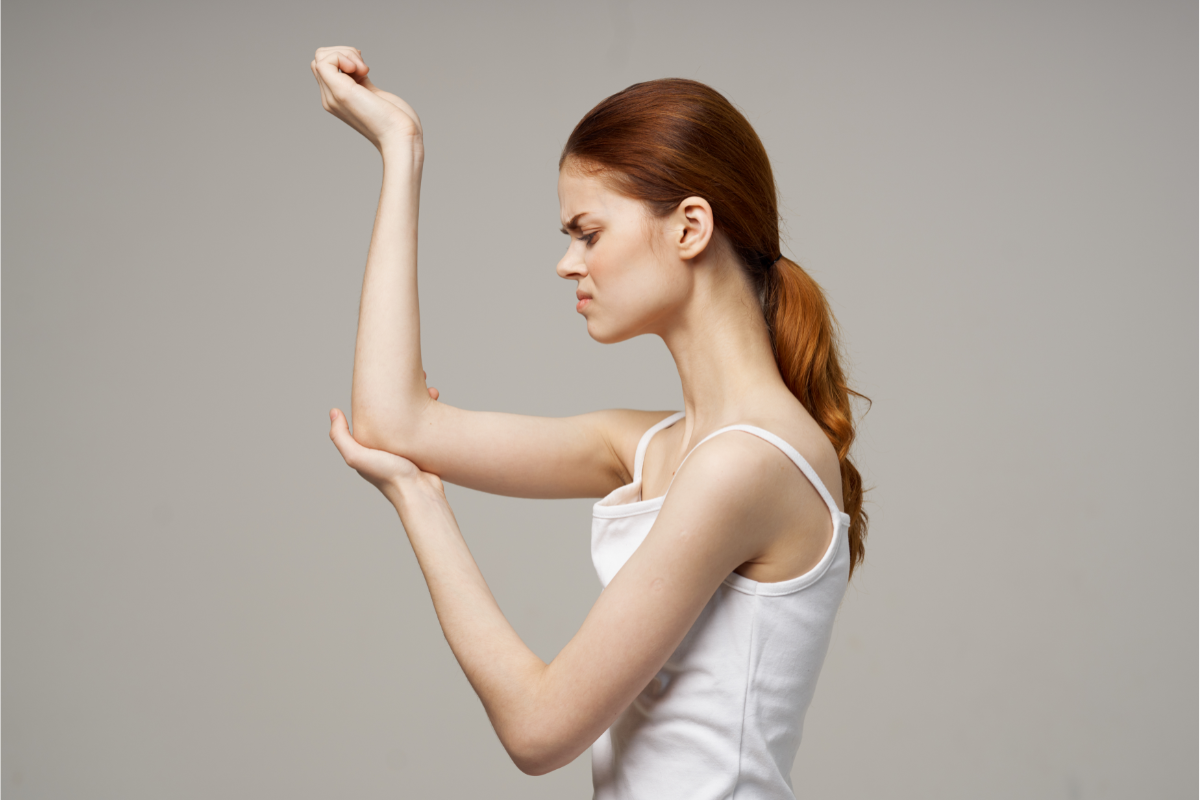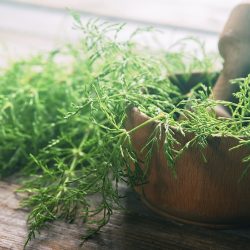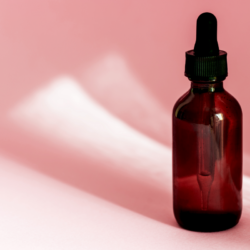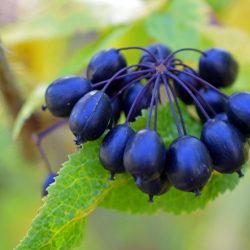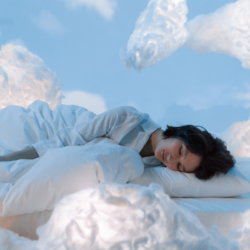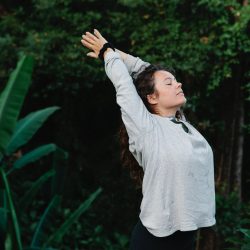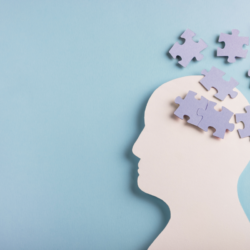The joint discomfort is often due to chronic diseases , and usually slow and progressive evolution, where medicinal plants can have an interesting role. Preventive vis-à-vis the development of this type of disease, the reinforcement of the cartilage promotes patient comfort and reduces pain . There are many effective active ingredients, but their use requires precautions.
What is joint discomfort?
In the physiological state, bone and cartilage tissues are subject to permanent renewal ; there are nevertheless phenomena of erosion or destruction, compensated by construction phenomena, contributing to a dynamic equilibrium. The osteoporosis and osteoarthritis correspond to a disturbance of this balance.
Joint pathophysiology:
At the articular level, the most frequent factors leading to the degradation of cartilage are over-strains of biomechanical origin. The chondrolysis can then exceed the possibilities of cicatrization, thus leading to the cell death of the chondrocyte, to the degradation as well as to the progressive disappearance of the cartilage .
The other causes of joint damage are biochemical (or biological) as in rheumatoid arthritis , inflammatory rheumatism destroying the cartilage, as well as the surrounding synovial and ligament tissue. In particular, there may be a genetic component to the degradation of cartilage.
Cartilage pathophysiology:
Cartilage damage is accompanied by changes in the subchondral bone, such as deterioration, and the synovium, with inflammatory reaction. Clinically, this results in acute or chronic pain , limitation of joint amplitudes, and locoregional trophic disorders, which can go as far as demineralization .
Osteoarticular pathophysiology:
Furthermore, not all osteoarticular pain is of osteoarthritis or arthritic origin. Muscle tone plays a major role in maintaining posture, as does the quality of muscles and tendons in osteoarticular functional capacities. Musculoskeletal disorders (MSDs) group together affections of periarticular structures: muscles, tendons, nerves, ligaments, bursae, joint capsules, vessels, etc. They result in particular in pain and functional discomfort in the spine, upper limbs (wrist , shoulder, elbow), more rarely in the lower limbs (knees). Neck pain , back pain, tendonitis, enthesopathies, carpal tunnel syndrome represent the most frequent manifestations of MSDs. Their occurrence and aggravation are mainly of occupational origin, but are also related to leisure activities (sport, DIY, gardening, etc.).
Ultimately, joint damage is generally secondary to trauma, a degenerative process or an inflammatory process.
Pain of osteoarthritis
Osteoarthritis gradually sets in when there is a functional imbalance between the anabolic and catabolic capacities of the articular cartilage. That is to say between the phenomena of synthesis and degradation (rupture of the homeostasis of the chondrocyte).
In response to mechanical stress, the stressed chondrocyte proliferates, and produces less collagen and proteoglycan , with overproduction of free radicals, prostaglandins and pro-inflammatory cytokines, as well as cartilage degradation enzymes such as metalloproteases, collagenases and proteases, which damage connective tissue. Degraded proteoglycans no longer provide cytokine regulation; catabolism thus increases to the detriment of anabolism. The cartilage cracks, its thickness decreases, and the underlying bone changes. There is in fact a neovascularization , the constitution of geodes as well as phenomena of osteophytosis .
Arthritis pain
Arthritis is basically an inflammatory reaction to the joint, in response to trauma, infection, an abnormal immune response ( rheumatoid arthritis ), or the presence of uric acid crystals (uric acid crisis). gout ).
Microcrystalline rheumatism
Due to intra or periarticular deposits of microcrystals, they can however be asymptomatic or at the origin of acute inflammatory attacks , sometimes of chronic arthropathies.
Two types of microcrystals are involved :
- Sodium urate crystals: responsible for gout.
- Calcium crystals: of the calcium pyrophosphates dihydrate (PPCD) type for chondrocalcinosis, or of the calcium phosphate type, especially apatitis, for deposits usually periarticular (calcified tendinitis).
Some naturopathic advice to limit joint disorders
In case of arthritis or osteoarthritis:
- Go for a walk (1/2 hour a day) or a bike that relieves the weight of the body, for the maintenance of the joints.
- Physiotherapy and thermal cures also make it possible to delay the onset of articular ankylosis.
- Heat in all its forms (hot baths, gel pack) improves movement and cold helps relieve inflammatory outbreaks (gel pack).
- Practice swimming and / or aquatic gymnastics for flexibility and joint maintenance.
- Fight against a possible excess weight.
- Do not reproduce the movements causing pain.
In case of sprain or tendonitis:
- Avoid or limit standing and prolonged walking so as not to strain the joint and increase pain.
- Applying a pocket of cold gel helps reduce edema and pain.
- Avoid leaning on the affected limb for too long (body weight becomes tired).
- Help yourself if necessary with a pair of English canes to walk.
- Avoid shoes that are too tight. Wear soft and comfortable shoes with a cushioning sole or wear a suitable slipper.
- Physiotherapy and / or osteopathy (after the acute phase) participate in healing.
- If a simple splint is prescribed, wear it day and night.
This is why Soin et Nature has selected the joint comfort herbal tea for you to ensure the maintenance of joint flexibility.
Composition and properties of herbal tea for joint comfort
Blackcurrant, for its antiarthritic and anti-inflammatory properties:
According to a 2002 study, the proanthocyanidins (OPC) of blackcurrant leaves have a dose-dependent stimulatory effect on the production of proteoglycans and the release of type II collagen on a line of human chondrocytes in vitro . These OPCs (in this case prodelphinidins) decrease in a dose-dependent manner the synthesis of prostaglandin E2 and inhibit cyclooxygenases. In addition, blackcurrant protects against the degradation of collagen of enzymatic origin (collagenase, elastase, peroxidase, etc.).
A 2007 study showed that quercetin and kaempferol, flavonoids found in black currant leaves, modulate the concentrations of pro-inflammatory mediators such as COX-2, CRP and iNOS, thus contributing to anti-inflammatory effects. of the plant , by blocking the activation mechanism of NF-kB.
Laurel, for its analgesic and anti-inflammatory properties:
According to a 2012 study, the sesquiterpene lactones in the essential oil contained in bay leaves demonstrated analgesic and anti-inflammatory action comparable to standard analgesics and non-steroidal anti-inflammatory drugs such as morphine and piroxicam .
The White Lamar, for its rheumatic analgesic and diuretic properties:
Its diuretic, natriuretic and urico-eliminating properties, in the case of hyperuricemia (in particular in gout) have been demonstrated. The dead knife is indicated in osteoarticular inflammatory outbreaks (arthritis, capsulitis), in particular with edema, joint effusion, whatever the cause (congestive outbreak of osteoarthritis, inflammatory rheumatism, microcrystalline arthritis in the context of chondrocalcinosis, gout or still apatitic rheumatism.
Meadowsweet, for its anti-inflammatory and diuretic properties:
Due to its high tannin content, meadowsweet exerts a strong elastase inhibitory activity in vitro . Its ellagitannins are also transformed into urolithia A, B and C in the intestine under the influence of the microbiota. It has therefore been shown that these compounds exert an anti-inflammatory activity by inhibiting the production of TNF-α, and, for urolithin C, by slowing down the production of IL-6.
Meadowsweet is natriuretic, kaliuretic, and uricolytic (despite inhibition of proximal tubular uric acid secretion by salicylic acid).
The Aubier de Tilleul, for its anti-inflammatory and anti-nociceptive properties:
In vivo , the heterosides of quercetol and kaempferol isolated from T. argentea leaves , the two main flavonoid glycosides of the plant, have potent anti-nociceptive and anti-inflammatory activity , per os , without inducing apparent acute toxicity or gastric damage.
Medical bibliographic sources and clinical trials :
- Garbacki N. et al. Effects of prodelphinidins isolated from Ribes nigrum on chondrocyte metabolism and COX activity, Naunyn Schmiedebergs Arch Pharmacol., 2002
- Garcia-Mediavilla V. et al. The anti-inflamatory flavones quercetin and kaemferol cause inhibition of inducible nitric oxide synthase; cyclooxygenase-2 and reactive C-protein, and doxn-regulation of the nuclear factor kappaB pathway in Chang Liver cells; European Journal of Pharmacology, 2007
- Patrakar, R., Mansuriya, M., & Patil, P. (2012). Phytochemical and pharmacological review on Laurus nobilis. International journal of pharmaceutical and chemical sciences
- Lamaison J.L. et al., Teneur en tannins et activité inhibitrice de l’élastace chez les Rosaceae, Ann. Pharm Fr, 1990
- Piwowarski J.P. et al., Role of human gut microbiota metabolism in the anti-inflammatory used ellagitannin-rich plant materials, J Ethnopharmacol., 2014
- Toker G. et al. Flavonoids with antinociceptive and anti-inflammatory activities from the leaves of Tilia argentea (silver linden) J Ethnopharmacol., 2004

